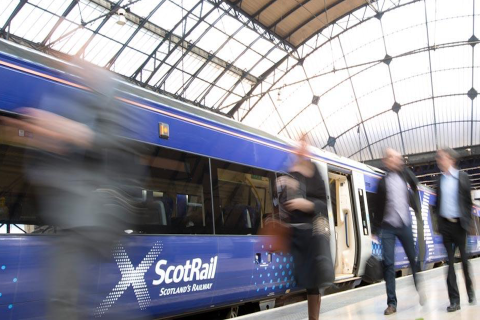Running trains amidst the war in Ukraine: ‘We are hell-bent on making trains run on time in times of chaos’

From a regular railway operator transporting people and goods, Ukrainian Railways became crucial in assisting the people of Ukraine via evacuations, transporting medical equipment, and by bringing foreign leaders into the country delivering their support. “We never imagined the role that the railways would play”, says Oleksandr Shevchenko, Deputy Director for Communications and Customer Experience at the Ukrainian Railways passenger department, in Amsterdam.
Want to read more?
You have read all of your free premium articles for this month. Please become a subscriber to keep reading.
Subscribe now!
Take advantage of our exclusive offer to get full access to all premium content.




